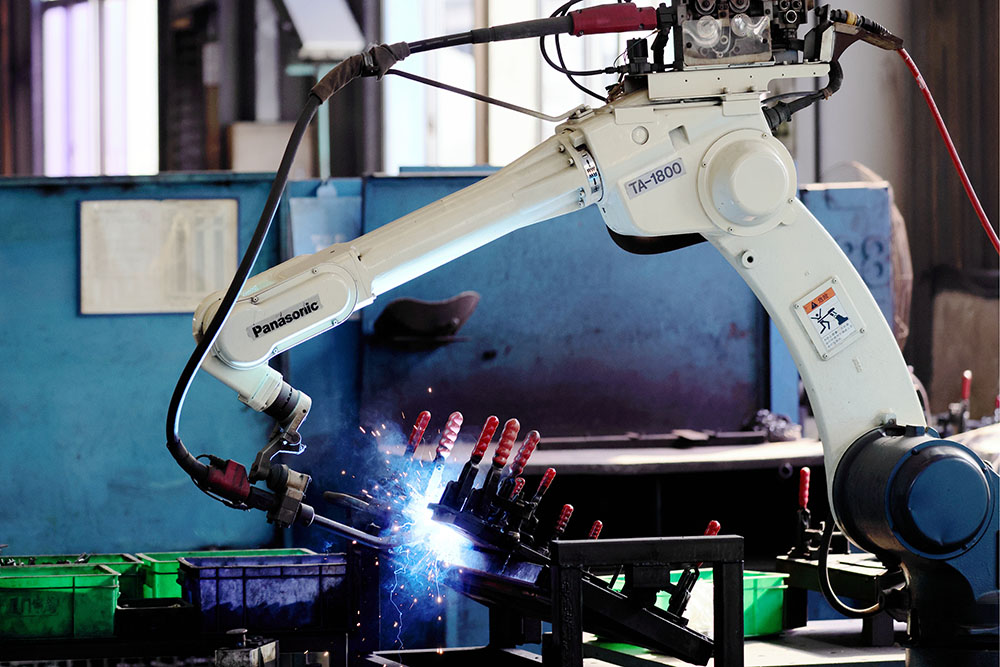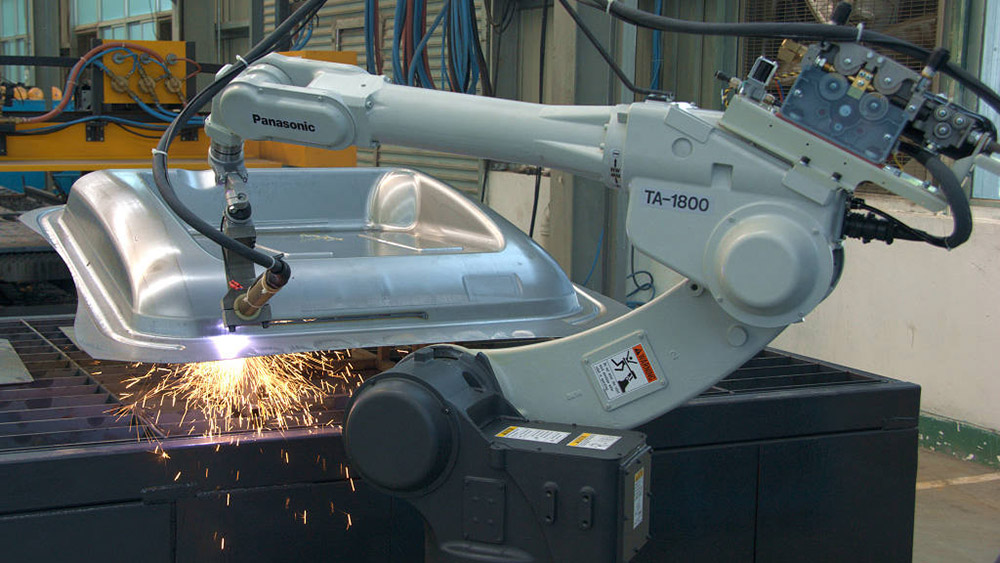Welding Services: The Strength Behind Modern Manufacturing
Welding services are at the core of modern metal fabrication, providing the strength and precision that hold together the world’s most critical structures — from vehicles and machinery to buildings and pipelines. As global industries demand higher efficiency, automation, and reliability, welding technology continues to evolve, combining traditional craftsmanship with advanced engineering.
Welding is a fabrication process that joins two or more metal parts by applying heat, pressure, or both, often with the addition of a filler material. Unlike bolting or riveting, welding fuses the materials at the molecular level, forming a permanent bond capable of withstanding high stress and environmental exposure.

This process is essential in manufacturing and construction because it delivers strong, seamless connections — ensuring durability, safety, and performance in critical applications.
Process
Preparation – Cleaning and aligning metal surfaces for accurate fitting.
Welding – Applying controlled heat (through an electric arc, laser, or flame) to melt and fuse the metal.
Cooling and Finishing – Allowing the weld to solidify, followed by grinding or polishing for a clean finish.
Inspection – Conducting quality checks such as ultrasonic, magnetic, or visual testing to ensure joint integrity.
Modern workshops often utilize CNC-controlled and robotic welding systems, ensuring consistent quality and faster turnaround times.
Types of Welding
Welding can be performed through various methods depending on material type, thickness, and project needs:
MIG Welding (Gas Metal Arc Welding): Efficient and versatile, ideal for high-speed production.
TIG Welding (Gas Tungsten Arc Welding): Produces precise, clean welds; best for stainless steel and thin metals.
Stick Welding (Shielded Metal Arc Welding): Simple and durable, often used in construction and maintenance.
Spot Welding: Common in the automotive industry for joining sheet metals.
Laser and Robotic Welding: High-precision, automated processes for mass production.
Each technique offers distinct advantages in terms of strength, cost, and efficiency, making welding adaptable to a wide range of applications.
Welding Services and Capabilities
Professional welding service providers offer comprehensive metal joining and fabrication solutions, including:
Custom welding and fabrication for industrial and commercial projects.
Structural steel and equipment welding.
Robotic and automated welding production lines.
On-site welding and repair services for machinery and infrastructure.
Prototype and mass production support.
Surface finishing and coating for corrosion protection.
With advanced inspection systems and skilled technicians, service providers ensure that every weld meets international standards for strength and precision.

Advantages
High Strength and Durability: Welded joints are as strong as or stronger than the base metal.
Design Flexibility: Supports complex geometries and customized assemblies.
Cost Efficiency: Reduces assembly time and material waste.
Automation and Precision: Robotic systems guarantee consistent quality.
Versatility: Suitable for steel, aluminum, stainless steel, and alloys.
These advantages make welding indispensable for both small custom fabrication and large-scale industrial manufacturing.
Applications Across Industries
Welding services are essential in nearly every industrial field:
Automotive: Body frames, exhaust systems, and structural reinforcements.
Construction: Beams, columns, and heavy steel frameworks.
Machinery and Equipment: Tanks, conveyors, and machine housings.
Energy and Oil & Gas: Pipelines, pressure vessels, and offshore platforms.
Aerospace and Marine: Lightweight yet strong structural components.
As industries move toward automation and sustainability, welding remains a key enabler of durable, efficient, and eco-friendly production.
Conclusion
From precision fabrication to large-scale infrastructure, welding services form the invisible strength behind the world’s most important creations. By integrating advanced technology, skilled labor, and strict quality control, modern welding continues to push the boundaries of manufacturing excellence — ensuring that every joint, every structure, and every project stands strong for the future.

